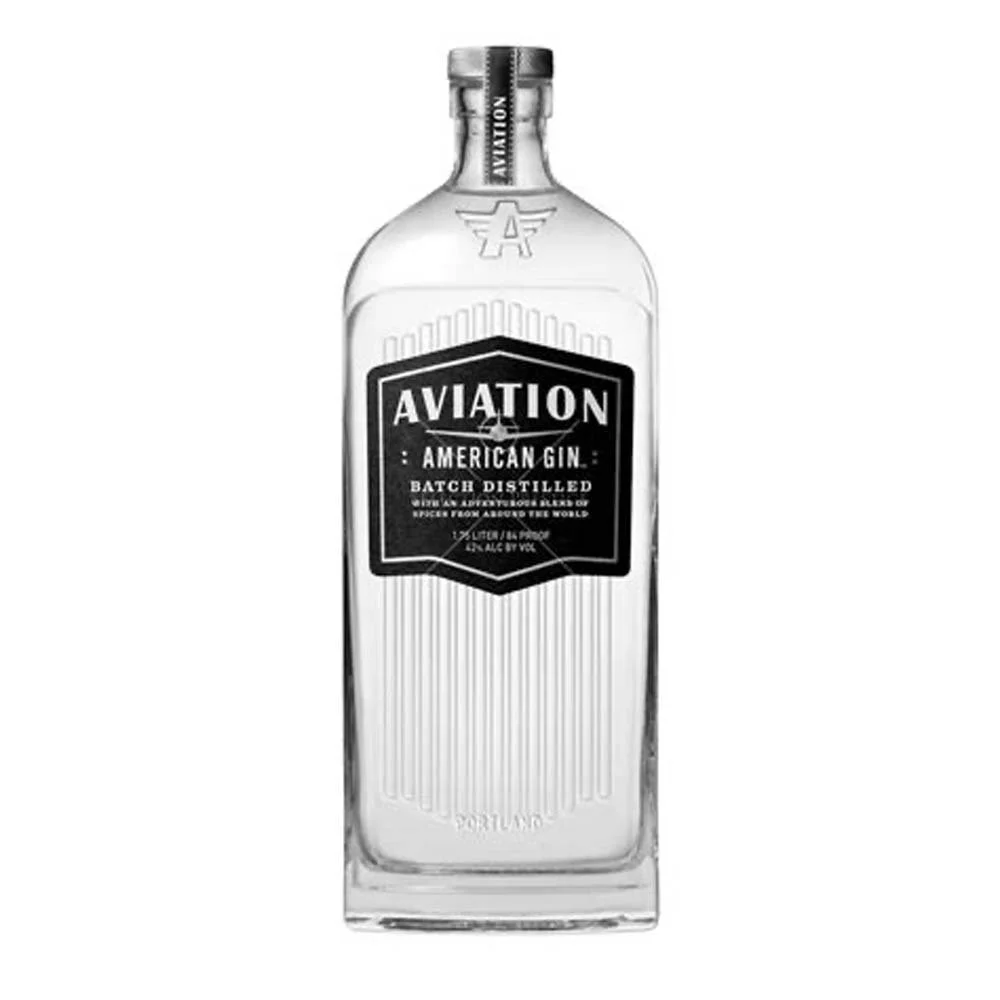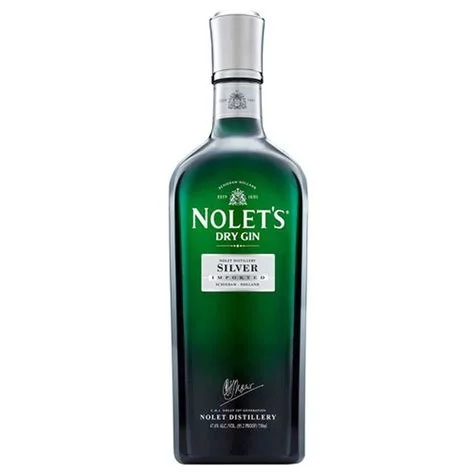CONTEMPORARY & NEW WESTERN GINS
Modern Botanicals, Creative Balance
Contemporary gins—sometimes called New Western or New American—reimagine the gin category by rebalancing its core ingredient: juniper. While juniper remains present, it takes a supporting role to a broader, more expressive palette of botanicals. These gins highlight florals, citrus, herbs, spices, and even regional ingredients like lavender, lemongrass, or sage. Born from the craft distilling movement and a desire to rethink tradition, contemporary gins are experimental, aromatic, and often more approachable to gin skeptics. They invite creativity behind the bar and offer endless diversity for modern cocktails.
Key Characteristics
Contemporary gins vary widely in flavor and focus, but all downplay juniper in favor of bold or unusual botanicals. Some are citrus-heavy, others floral, spicy, or herbal. The goal is flavor balance, not juniper dominance.
Style
Modern gin with rebalanced botanicals; often labeled as:
Contemporary Gin
New Western Gin
American Dry Gin
Botanical Gin
Body
Light to medium
Texture
Silky, aromatic, often soft or slightly oily
Primary Botanicals
Juniper (required), plus any combination of:
Citrus peel, lavender, cardamom, lemongrass, cucumber, sage, rosemary, hibiscus, coriander, green tea, peppercorns
Typical Flavors
Fresh herbs, citrus zest, floral tones, green spice, soft juniper, tea leaf, cucumber, fruit peel, ginger, lemongrass
Origin & History
Contemporary gin took shape in the early 2000s as craft distillers in the U.S., UK, Australia, and beyond began reinterpreting gin’s structure. Instead of treating juniper as the defining note, these distillers treated it as one voice in a botanical chorus. Brands like Hendrick’s, St. George Spirits, and Aviation helped lead the way, opening the door to a global wave of modern gins with local ingredients and unexpected flavor profiles. These gins appeal to cocktail bars, non-gin drinkers, and anyone seeking a less traditional, more exploratory spirit.
How It’s Made
Production follows traditional gin-making processes (redistillation with botanicals), but the botanical mix is far more varied. Many use vapor infusion to delicately lift aromas. Others experiment with regional botanicals, low-proof blends, or innovative finishing techniques. Some are labeled “dry” (as in American Dry Gin) but differ greatly in flavor from London Dry.
Notable Styles
Because the category is broad and not formally defined, styles are best grouped by dominant flavor focus:
Citrus-Forward Gins
Lemon peel, grapefruit, orange blossom (e.g., Malfy Gin)
Floral Gins
Lavender, rose, chamomile, elderflower (e.g., Hendrick’s, The Botanist)
Herbal Gins
Sage, basil, rosemary, lemongrass, tea (e.g., St. George Terroir)
Spice-Driven Gins
Cardamom, ginger, cinnamon, pink peppercorn
Fruit or Regional Gins
Infused with local botanicals or fruits (e.g., rhubarb, yuzu, native plants)
Cocktail Pairings
Contemporary gins thrive in cocktails that emphasize fresh fruit, herbs, or aromatics. They're often more approachable in flavor and work beautifully in modern mixes.
Classic Cocktails
With a twist
Citrus Martini, Botanical Gin & Tonic, Contemporary Negroni, Cucumber Collins
Modern Mixes
Hibiscus Spritz, Grapefruit Basil Smash, Gin-Ginger Mule, Garden Gimlet, Lavender Bee’s Knees
Food Pairings
Pairs well with bright, seasonal dishes and floral or herbal flavors. Excellent with vegetarian fare, seafood, and spiced or citrus-accented recipes.
With Savory
Grilled asparagus, shrimp ceviche, herb-roasted chicken, Thai salad, goat cheese crostini
With Cheese
Herbed chèvre, triple cream, bloomy rind cheeses, lemony feta
With Dessert
Lemon posset, honey-lavender shortbread, citrus panna cotta, gin & tonic granita
How to Serve It
Glassware
Balloon glass (for aromatic G&Ts), coupe (for floral sours), highball (for spritzes)
Temperature
Chilled in cocktails; some are sippable neat depending on the flavor structure
Storage
Store upright in a cool, dark space. Lighter aromatic gins are best within 1–2 years of opening for maximum freshness
Fun Fact
The term “New Western Gin” was coined when juniper-light gins challenged what gin could taste like—sparking debate over how far a gin could stray from tradition while still being called gin.
Try This If You Like
Aromatic white spirits
Herbal liqueurs (like St-Germain or Chartreuse)
Recommended Producers
These houses exemplify the diversity and craftsmanship of contemporary gin, blending classic juniper character with bold botanicals and regional flair.
Aviation
A trailblazing American gin that redefines balance with a softer juniper presence and a smooth, citrus-lavender profile.
Gin Mare
A Mediterranean standout known for its savory, herb-driven style that captures the essence of coastal botanicals like rosemary and olive.
Hendrick’s
A beloved Scottish gin that blends rose and cucumber with traditional botanicals for a whimsical, refreshingly floral expression.
Nolet’s
A refined Dutch gin offering a modern, fruit-forward take on the category, highlighted by notes of rose, peach, and raspberry.
Recommended Pours
Aviation - Gin — A smooth, balanced American gin with a modern botanical blend that emphasizes lavender, cardamom, and citrus over juniper.
Gin Mare - Mediterranean Gin — A savory, herbaceous gin inspired by the Mediterranean, featuring notes of olive, rosemary, thyme, and basil.
Hendrick's - Gin — A distinctly floral and cucumber-forward Scottish gin with a soft, whimsical character and a refreshingly modern twist.
Nolet's Gin — A luxurious, floral-leaning Dutch gin with standout notes of rose, peach, and raspberry for a polished, contemporary profile.





